Home>Garden Essentials>Where Are Carrot Seeds On The Plant
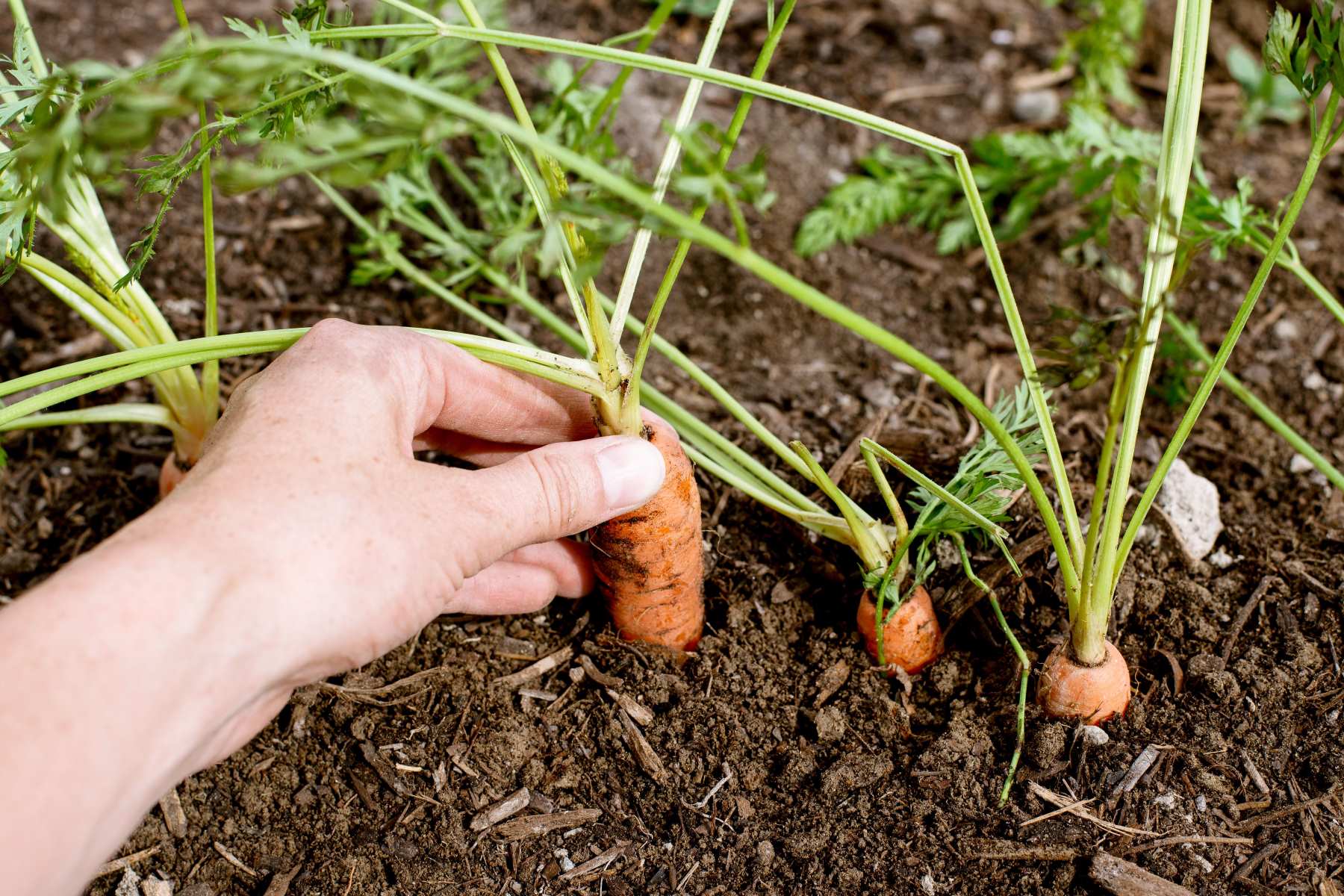

Garden Essentials
Where Are Carrot Seeds On The Plant
Modified: August 27, 2024
Learn about where carrot seeds are located on the plant and how to grow them in your garden. Discover the best practices for cultivating carrots and achieving a successful harvest in your home garden.
(Many of the links in this article redirect to a specific reviewed product. Your purchase of these products through affiliate links helps to generate commission for Storables.com, at no extra cost. Learn more)
Introduction
Gardening enthusiasts often find great joy in growing their own fruits and vegetables. Among the many popular plants to cultivate, carrots stand out as a versatile and nutritious option. Not only are these vibrant root vegetables a staple in many recipes, but they are also relatively easy to grow. However, understanding the life cycle and anatomy of carrot plants is essential for successful cultivation.
In this article, we will explore the fascinating world of carrot plants and delve into the question of where carrot seeds are located on the plant. By gaining insights into the anatomy and growth patterns of carrots, gardeners can make informed decisions about cultivating and harvesting these delicious vegetables.
Key Takeaways:
- Carrot seeds are located in the flowering stem of the plant, and harvesting them involves monitoring the color change from green to brown, then carefully collecting and drying the mature seed heads.
- To save carrot seeds for future planting, choose the healthiest plants, isolate them to maintain genetic purity, and follow proper harvesting, drying, and storage techniques to ensure viability.
Read more: Where Are The Seeds In A Carrot
Understanding Carrot Plants
Carrots, scientifically known as Daucus carota, belong to the Apiaceae family. They are biennial plants, meaning they complete their life cycle over two years. However, they are typically grown as annuals, meaning they are cultivated and harvested within a single growing season.
Carrots are cool-season vegetables that thrive in well-drained soil with plenty of organic matter. They require full sun exposure and prefer temperatures between 60 and 75 degrees Fahrenheit. Carrot plants have long, slender taproots that are edible and store nutrients. The foliage of the plant consists of feathery, fern-like leaves that arise from the stem.
These root vegetables are rich in antioxidants, vitamins, and dietary fiber, making them a healthy addition to any diet. They come in various colors including orange, purple, yellow, and white, which adds to the visual appeal of a garden.
Understanding the growth patterns and anatomy of carrot plants is crucial for successful cultivation. Let’s explore the different parts of a carrot plant in more detail to gain a deeper understanding of these fascinating vegetables.
The Anatomy of a Carrot Plant
The anatomy of a carrot plant can be divided into three main parts: the root, the stem, and the leaves.
The root of a carrot plant is the edible part that we commonly consume. It is the thick, elongated part that grows below the ground. The root consists of an outer skin or epidermis, a layer of secondary phloem, and an inner core called the xylem or vascular tissue. The xylem carries water and nutrients up from the soil to nourish the plant.
Above the ground, the stem of a carrot plant extends from the top of the root. It is a slender, green structure that supports the leaves and flowers. The stem is responsible for transporting water, minerals, and sugars between the root and the rest of the plant. It also plays a crucial role in providing structural support.
The leaves of a carrot plant are delicate and feathery, resembling fern fronds. They arise from the stem and perform photosynthesis, converting sunlight into energy for the plant. The leaves have a unique compound leaf structure, with numerous small leaflets that give them a lacy appearance. These leaflets enhance the surface area for maximum sunlight absorption.
Overall, the unique combination of roots, stem, and leaves in a carrot plant allows it to absorb water and nutrients, produce energy through photosynthesis, and support its growth and development.
The Life Cycle of Carrot Plants
Understanding the life cycle of carrot plants is essential for successful cultivation and harvesting. Carrots have a biennial life cycle, which means they complete their growth and reproduction over two years. However, for practical purposes, most gardeners treat carrots as annuals.
The life cycle of a carrot plant begins with seed germination. Carrot seeds are small and typically sown directly into the soil. They require moist conditions and temperatures between 50 and 85 degrees Fahrenheit to germinate. Once the seeds are planted, they sprout into seedlings within 10 to 14 days.
During the first year, carrot plants focus on vegetative growth. The plant develops a strong taproot and sends out numerous leaves. These leaves perform photosynthesis to produce energy for the plant. The foliage continues to grow and expand throughout the growing season.
In the second year, the carrot plant transitions to its reproductive phase. During this time, the plant develops a flower stalk known as a “bolting” stem. The stem extends upwards from the center of the plant and produces clusters of small, white flowers at its apex. These flowers are attractive to pollinators such as bees and butterflies.
Once pollinated, the flowers produce seeds. Carrot seeds are small and elongated with a characteristic brown color. They develop within the protective structure of the flower called the seed head or umbel. The seeds take several weeks to mature and ripen.
After the seeds mature, the plant completes its life cycle by setting seeds and eventually dying off. The seeds can be collected for future planting or allowed to drop naturally and spread on their own if the conditions are favorable.
Understanding the life cycle of carrot plants helps gardeners plan their cultivation and harvest. By recognizing the different stages of growth, they can ensure optimal conditions for germination, nutrient uptake, and flower development.
Carrot seeds are found on the flower stalk of the plant. After the plant flowers, it produces seeds that can be collected for planting in the next season.
Where Carrot Seeds are Located on the Plant
Carrot seeds are located on the flowering stem of the plant, known as the seed head or umbel. The umbel consists of clusters of small, white flowers that emerge from the center of the plant in the second year of its life cycle.
Within each flower of the umbel, the ovary develops into a seed. These seeds are small and elongated, typically measuring around 2-4 millimeters in length. They have a hard outer coating, protecting the embryo inside.
As the carrot plant matures, the seeds within the umbel gradually ripen. They change in color from green to brown, indicating that they are ready for harvesting. To collect carrot seeds, gardeners can carefully cut off the entire umbel and place it in a paper bag to allow further drying. The seeds will eventually separate from the umbel, making them easier to collect.
It’s important to note that not all carrot plants will produce seeds in the first year of cultivation. Since most gardeners treat carrots as annuals, they typically harvest the roots before the plant reaches its second year and starts flowering.
However, if you want to save carrot seeds for future planting, it is necessary to allow some plants to complete their life cycle. By carefully selecting a few healthy and robust carrot plants, you can ensure a reliable seed source for future seasons.
It’s worth mentioning that carrots are known for their ability to cross-pollinate with other carrot varieties, especially if they are growing in close proximity. This can result in hybridized seeds with different characteristics. If you aim to preserve a specific carrot variety, it’s advisable to isolate the plants and avoid having other carrot varieties nearby.
By understanding where carrot seeds are located on the plant and how to harvest them, gardeners can ensure a constant supply of seeds for future cultivation or sharing with other gardening enthusiasts.
Read more: How To Plant Carrot Seeds
Harvesting Carrot Seeds
Harvesting carrot seeds is a rewarding process that allows gardeners to continue their journey of plant cultivation. The following steps outline how to properly harvest and collect carrot seeds:
- Leave the Carrot Plant Unharvested: In order to allow the carrot plant to produce seeds, refrain from harvesting the roots in the first year. Instead, let the plant continue its growth into the second year.
- Monitor Seed Development: As the second year progresses, observe the flowers on the plant. The umbel, or flower head, will start to produce seeds. Keep an eye on the color change of the seeds from green to brown, as this indicates that they are maturing.
- Choose Mature Seeds: Once the majority of seeds have turned brown, it’s time to harvest. Carefully cut off the entire seed head from the plant using clean pruning shears or scissors. Place the seed head in a paper bag with good ventilation to allow for further drying.
- Dry and Separate the Seeds: Hang the paper bag in a cool, dry location for several weeks. During this time, the seeds will continue to dry and separate from the umbel. Gently shake the bag occasionally to help facilitate the process.
- Remove Chaff and Debris: After a few weeks, open the paper bag and pour the contents onto a clean, flat surface. Use your fingers or a small sieve to remove any remaining chaff or debris from the seeds. This will help ensure that you have clean and viable seeds.
- Store the Seeds: Transfer the cleaned seeds to an airtight container or envelope. Label the container with the carrot variety and the date of harvest. Store the seeds in a cool, dry place away from direct sunlight. Properly stored carrot seeds can remain viable for several years.
It’s worth noting that carrot seeds require proper drying before storage to prevent mold or other forms of deterioration. Ensure that the seeds are fully dry before sealing them in a container.
By following these steps, gardeners can harvest and collect carrot seeds effectively, preserving the genetic diversity of their favorite carrot varieties and ensuring a steady supply of seeds for future plantings.
Saving Carrot Seeds for Future Planting
Saving carrot seeds is a valuable practice for gardeners who want to maintain heirloom varieties or share seeds with other enthusiasts. Here are some important considerations and steps to save carrot seeds for future planting:
- Select the Right Carrot Plants: Choose the strongest and healthiest carrot plants for seed saving. Look for plants with desirable traits such as size, shape, and flavor. It’s also important to select plants that are true to the variety you wish to preserve.
- Isolate the Plants: Carrots are known for their ability to cross-pollinate. To preserve the genetic purity of your chosen variety, isolate the carrot plants from other carrot varieties. This can be achieved by either growing the plants in separate garden beds or by using physical barriers such as mesh or netting.
- Allow the Plants to Mature: Just like in the process of harvesting carrot seeds, allow the chosen plants to continue growing into their second year. The plants will develop flowering stems and produce umbels of seeds.
- Monitor Seed Development: Keep a close eye on the seed heads as they progress. Monitor the color change of the seeds from green to brown, indicating that they are fully matured and ready for harvest.
- Harvest the Seeds: Cut off the mature seed heads using clean pruning shears or scissors. Place them in a paper bag, ensuring good ventilation. Label the bag with the carrot variety and harvest date.
- Dry and Clean the Seeds: Hang the bag in a cool, dry area for several weeks to allow the seeds to dry further. Shake the bag occasionally to remove any remaining chaff or debris. Once the seeds are fully dry, separate them from the seed heads and clean off any remaining debris.
- Store the Seeds: Transfer the cleaned seeds to an airtight container or envelope. Label the container with the carrot variety and the year of harvest. Store the seeds in a cool, dark, and dry location to maintain their viability.
It’s essential to note that carrot seeds can remain viable for up to three years, but the highest germination rates are typically obtained within the first year of harvest. To ensure the best results, it’s recommended to use your saved carrot seeds within the first two years.
By saving carrot seeds using these steps, gardeners can preserve their favorite varieties, maintain genetic diversity, and continue the cycle of planting and harvesting for years to come.
Conclusion
Carrots are not only a delicious and versatile vegetable, but they also offer a fascinating journey for gardeners. Understanding the life cycle and anatomy of carrot plants is crucial for successful cultivation and seed saving.
From the roots to the stems and leaves, each part of a carrot plant plays a vital role in its growth and development. The taproot, known as the edible carrot, is the main focus of cultivation in the first year. In the second year, the plant transitions to reproductive mode, producing the signature flowering stem and seed umbels.
The seeds themselves, located within the umbels, are the key to continuing the carrot’s life cycle. Harvesting carrot seeds involves monitoring the color change from green to brown and carefully collecting the mature seed heads. Proper drying and cleaning of the seeds ensure their quality and viability for future plantings.
Saving carrot seeds allows gardeners to preserve heirloom varieties, maintain genetic diversity, and share seeds with other enthusiasts. By selecting the strongest plants and ensuring isolation from other carrot varieties, gardeners can create a reliable seed source and effectively continue the cycle of planting, growing, and harvesting.
In conclusion, understanding the anatomy, life cycle, and seed-saving techniques of carrot plants empowers gardeners to cultivate these nutritious and vibrant root vegetables with confidence. Carrots not only provide culinary delight but also offer a deeper connection to the fascinating world of plant growth and reproduction.
So, whether you’re a seasoned gardener or just starting your green-thumb journey, don’t forget to explore the wonders of carrot plants and discover the joy of sowing, growing, and harvesting your very own carrot harvest and seeds.
Frequently Asked Questions about Where Are Carrot Seeds On The Plant
Was this page helpful?
At Storables.com, we guarantee accurate and reliable information. Our content, validated by Expert Board Contributors, is crafted following stringent Editorial Policies. We're committed to providing you with well-researched, expert-backed insights for all your informational needs.
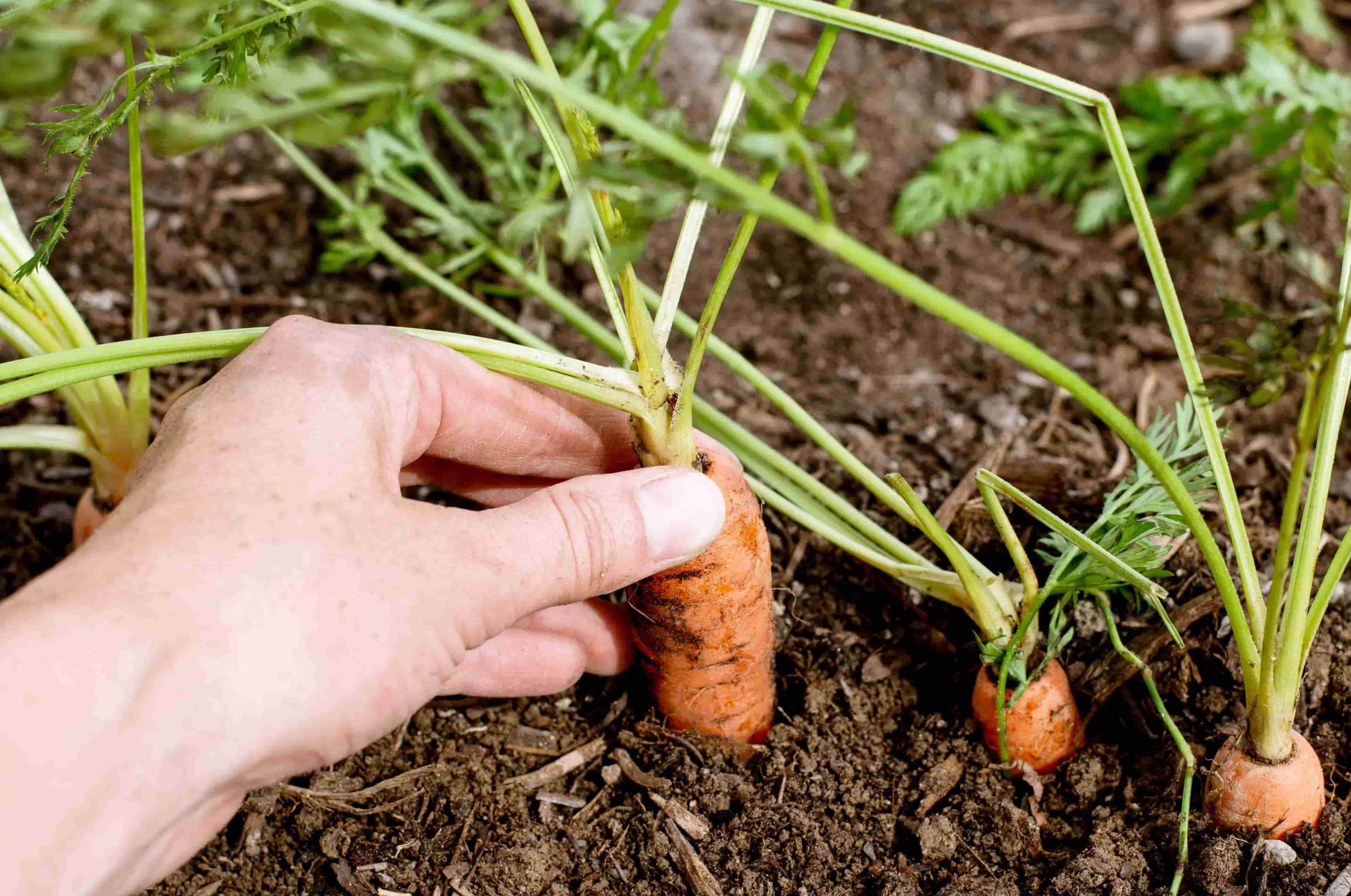
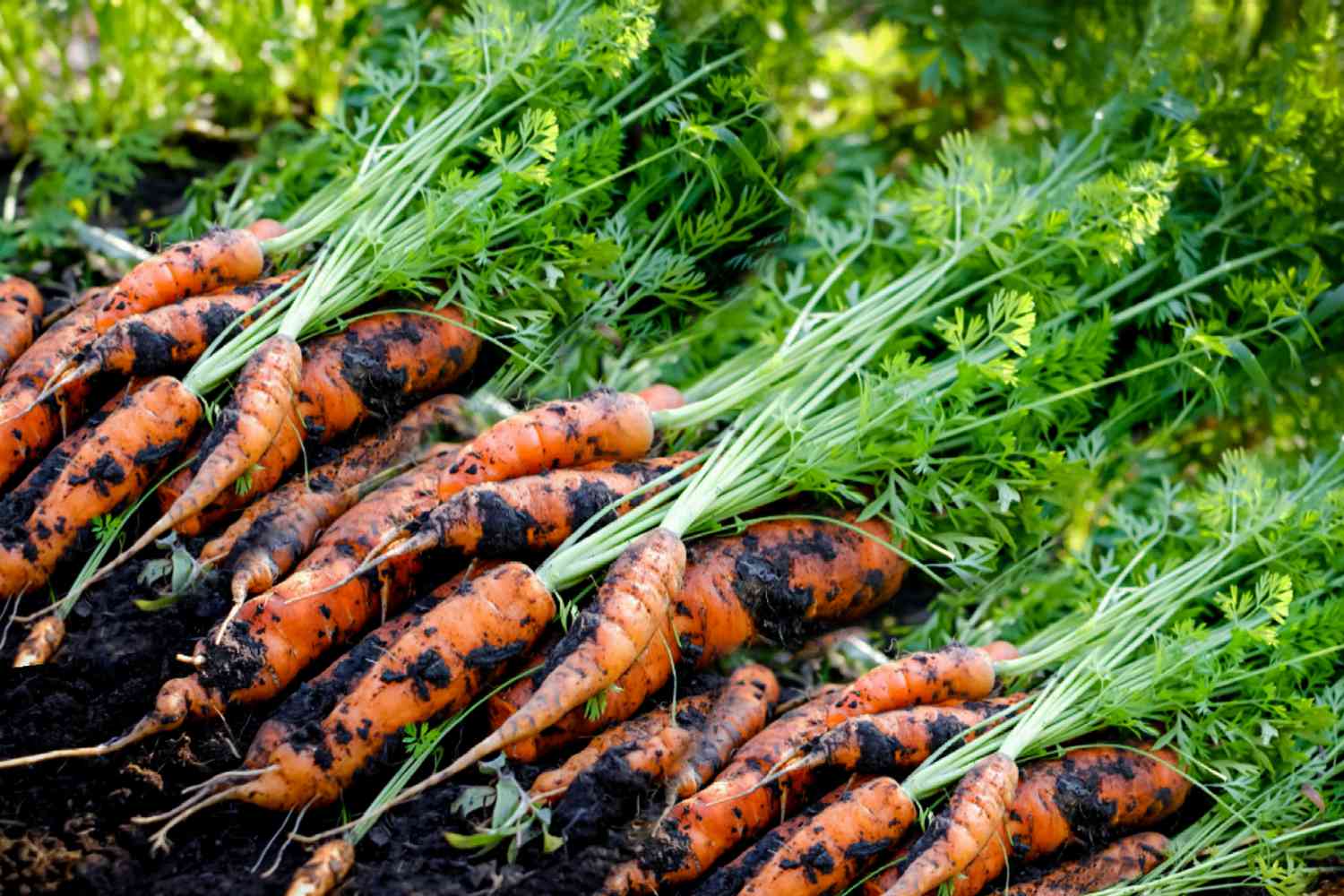
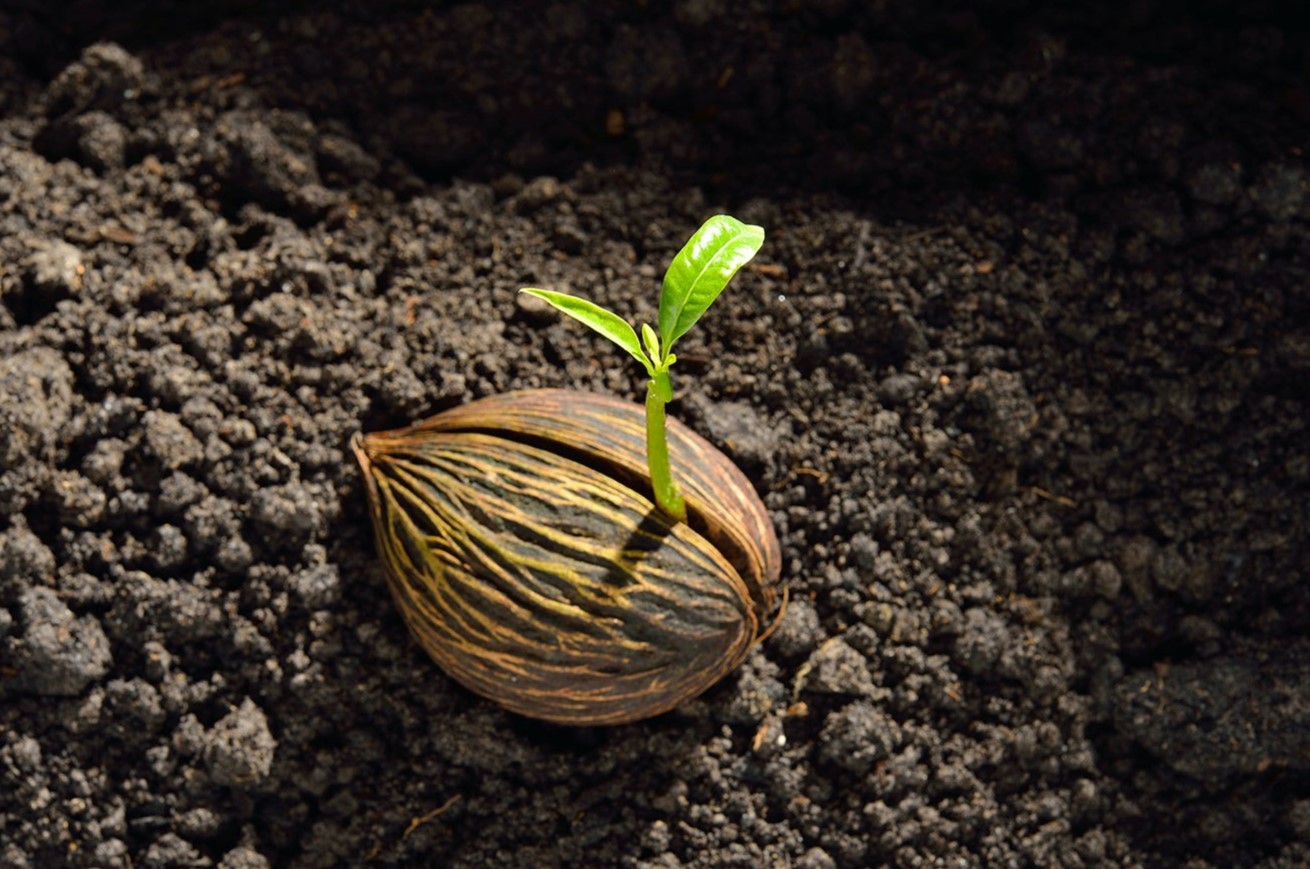
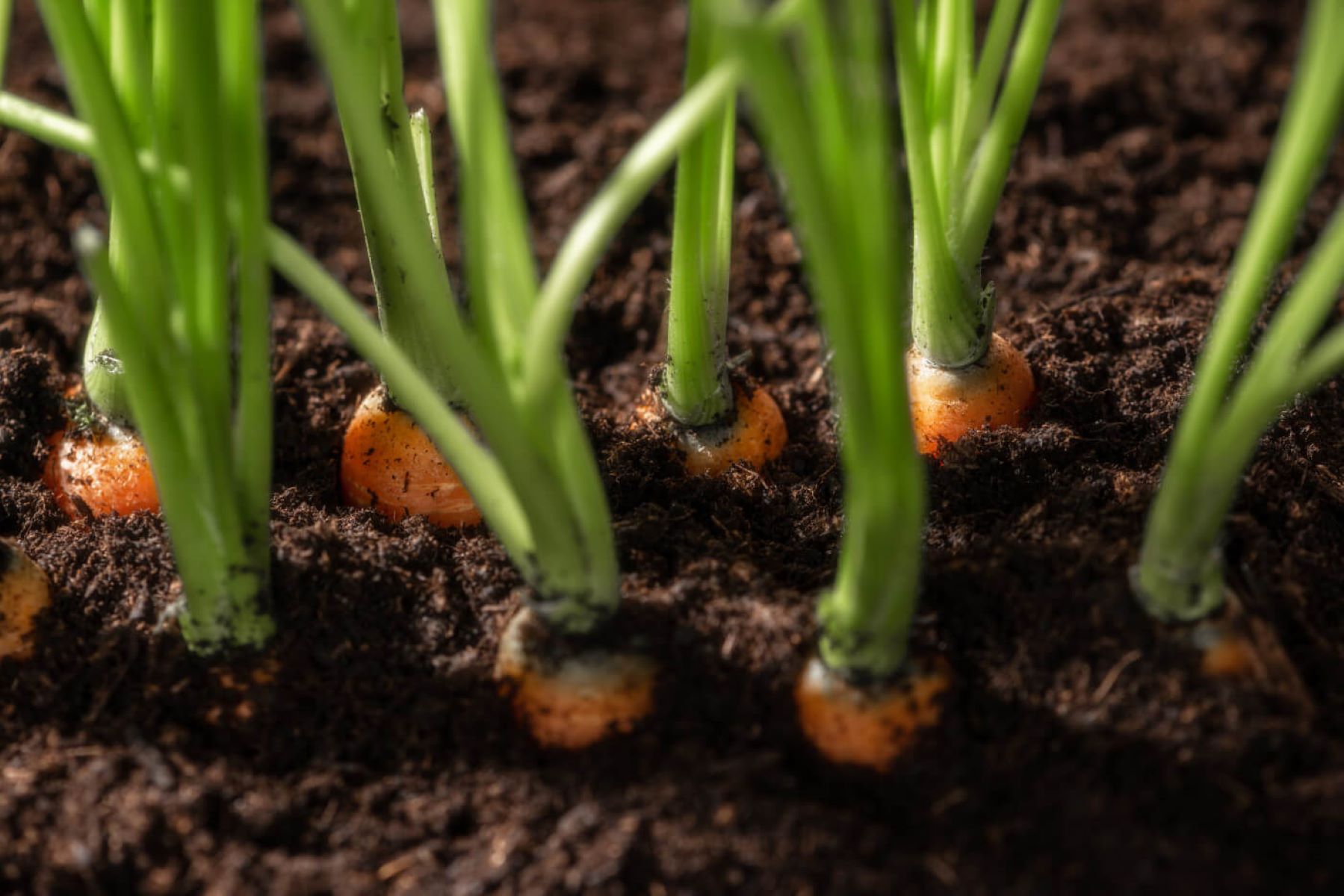
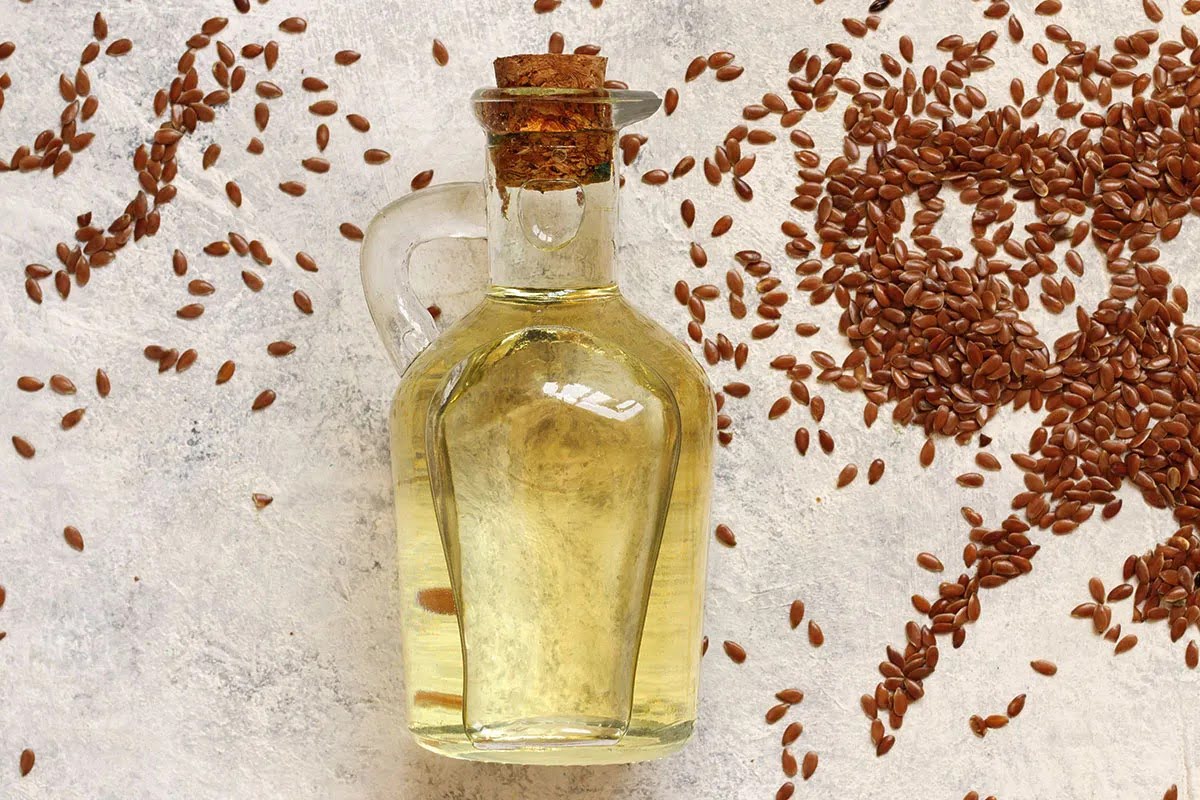
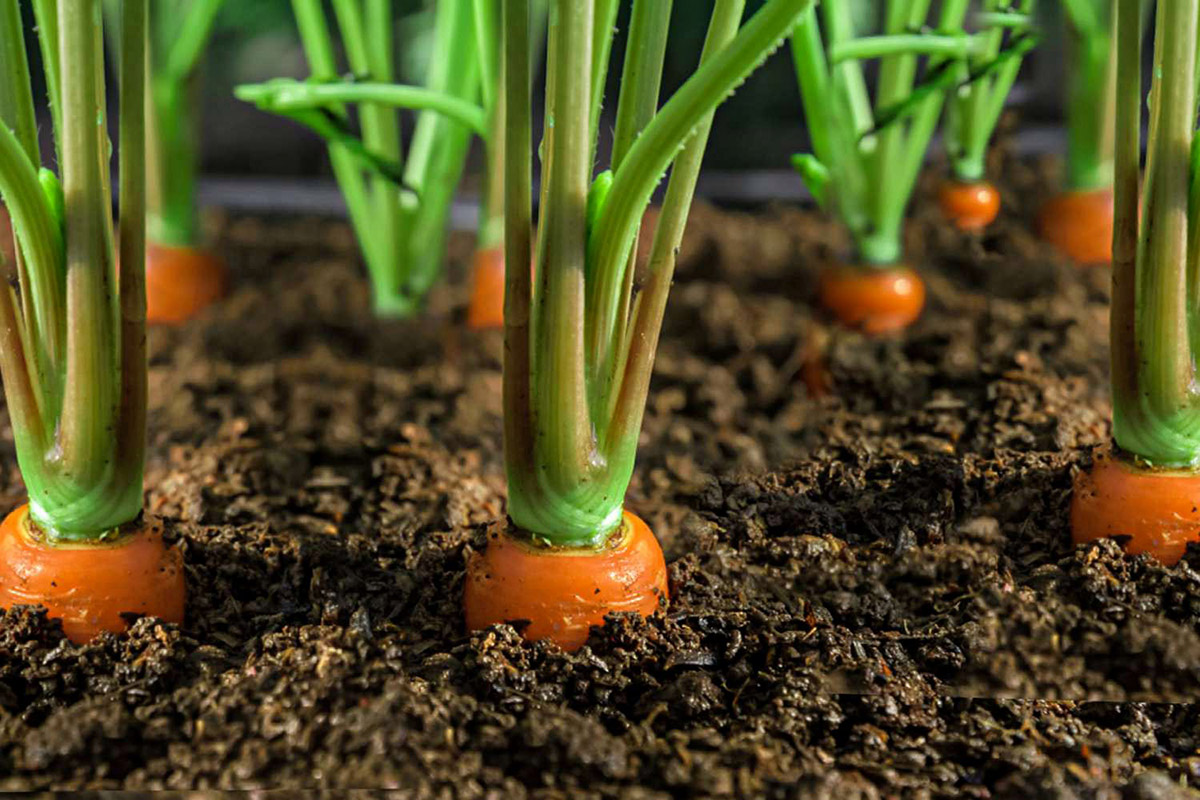
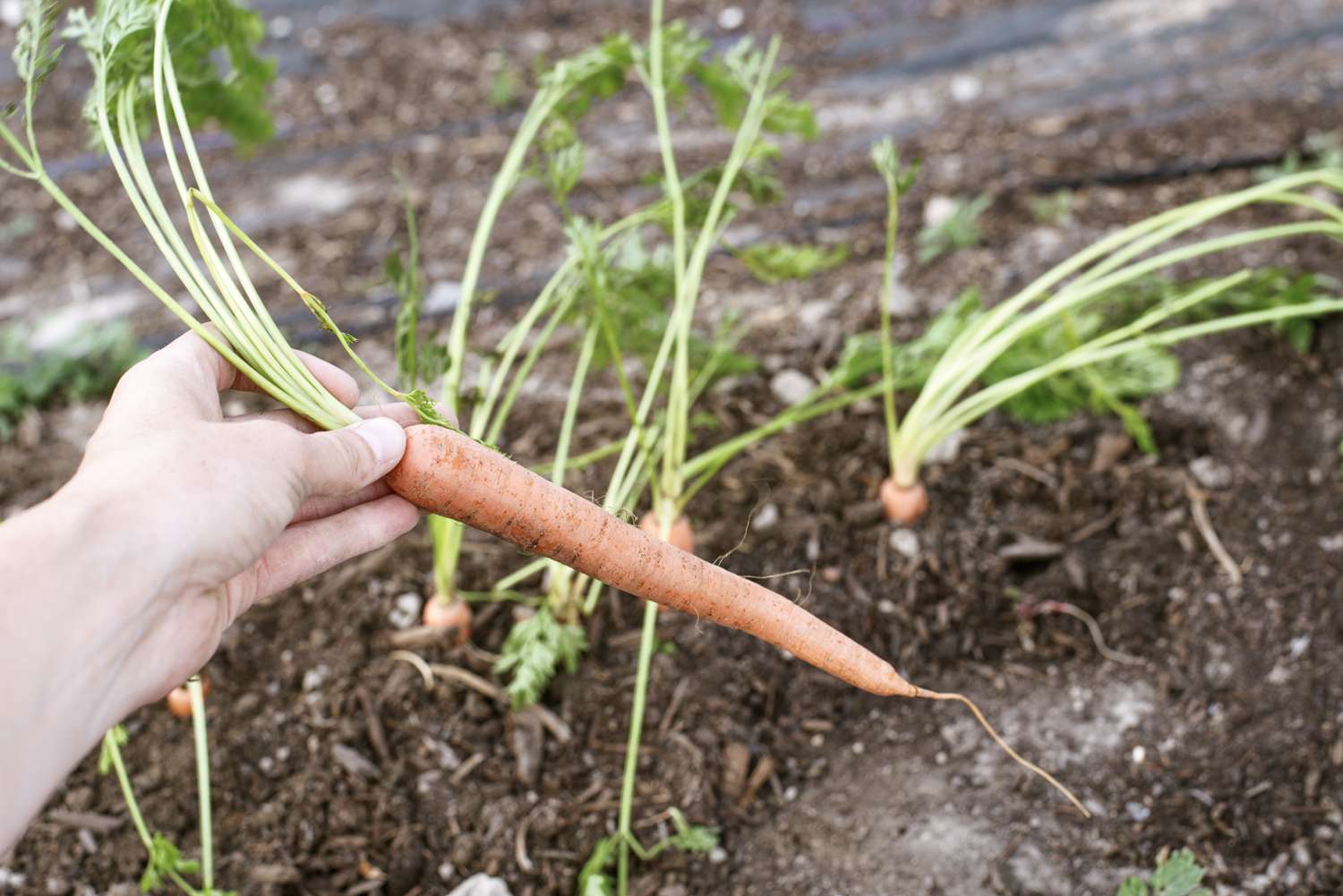

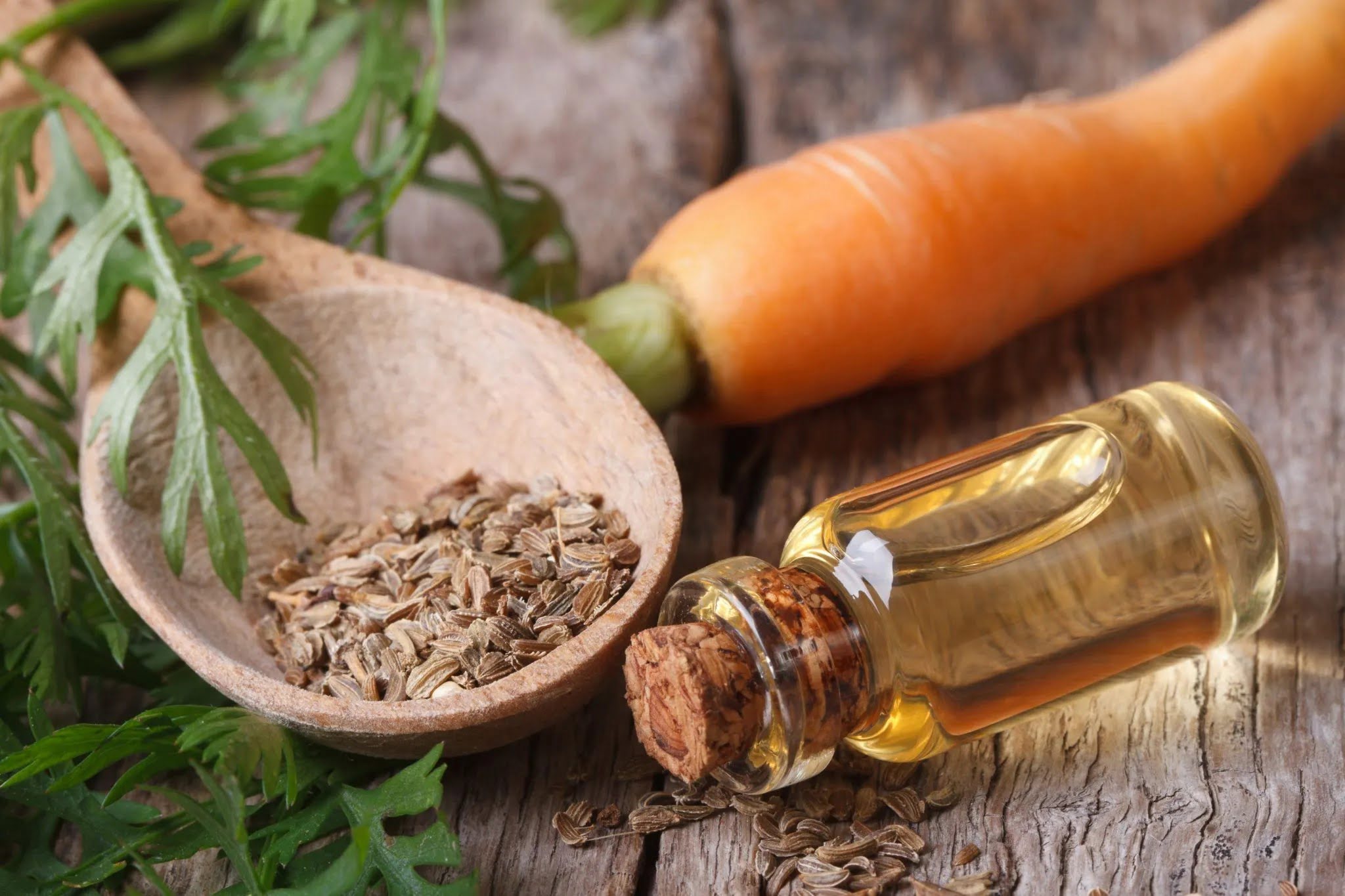
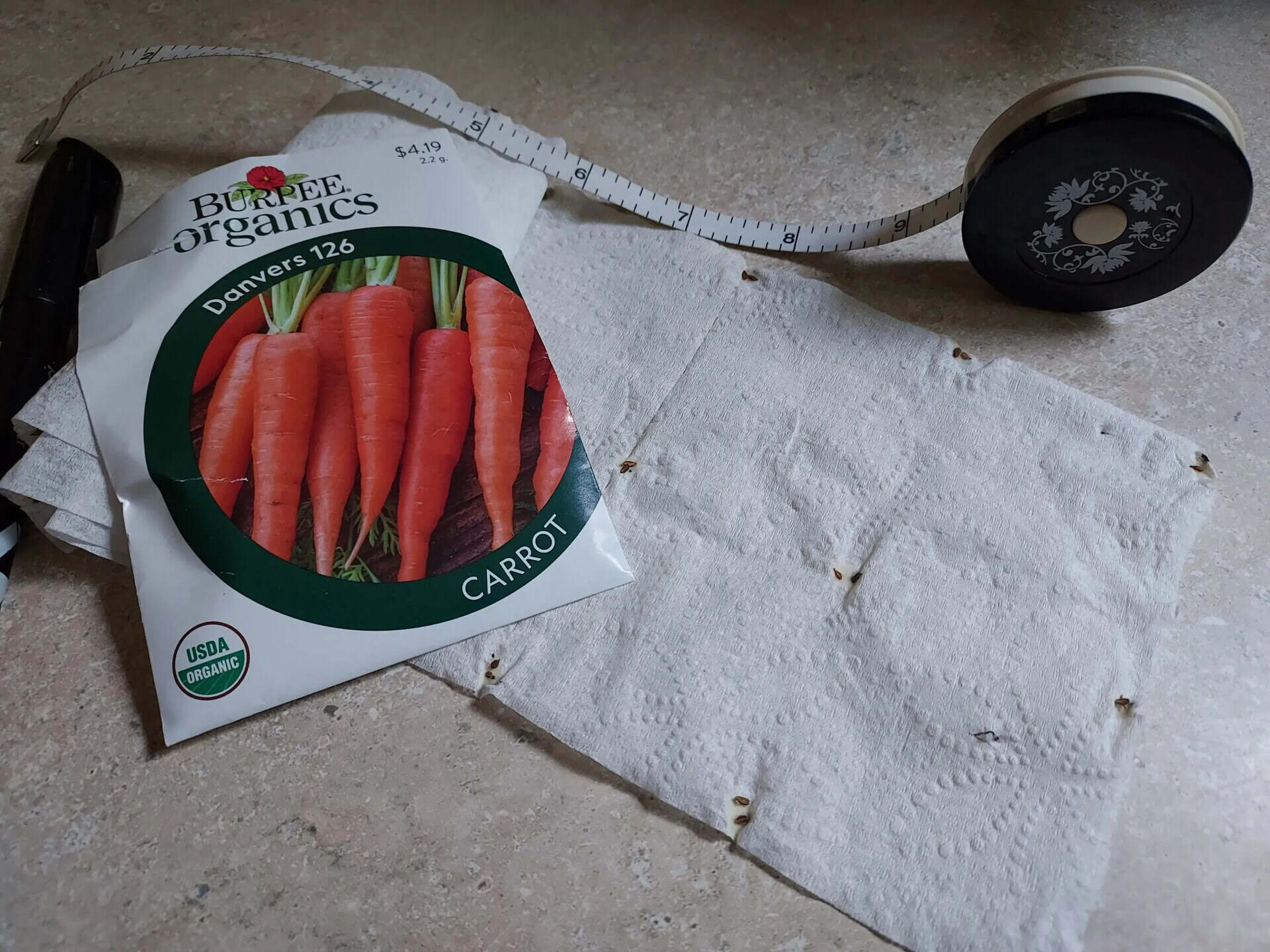
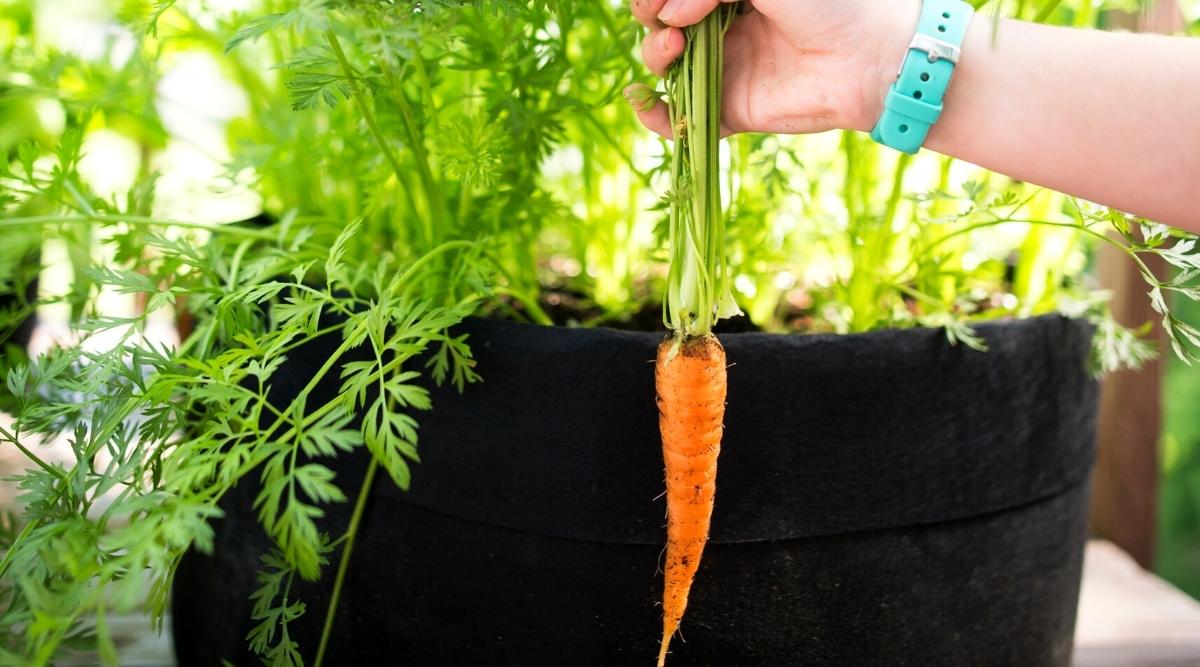
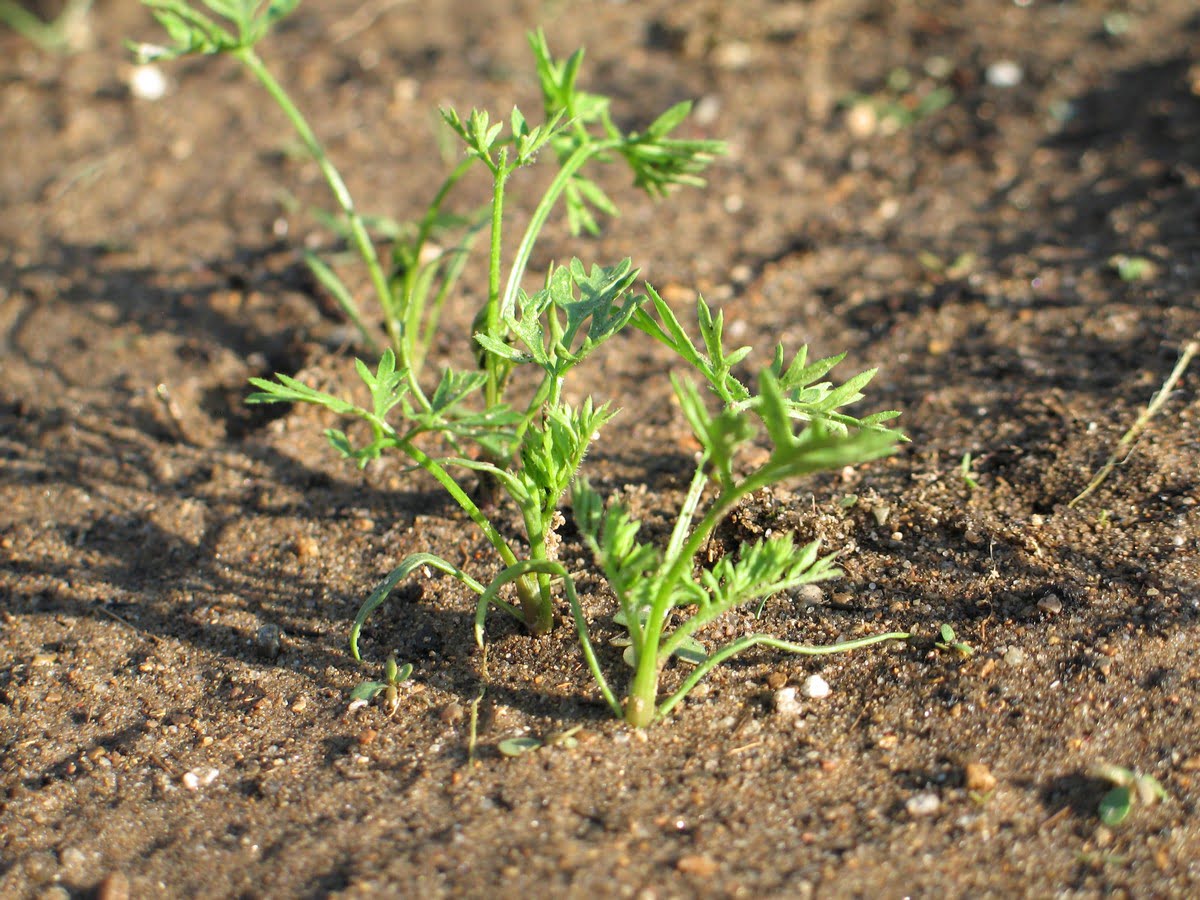
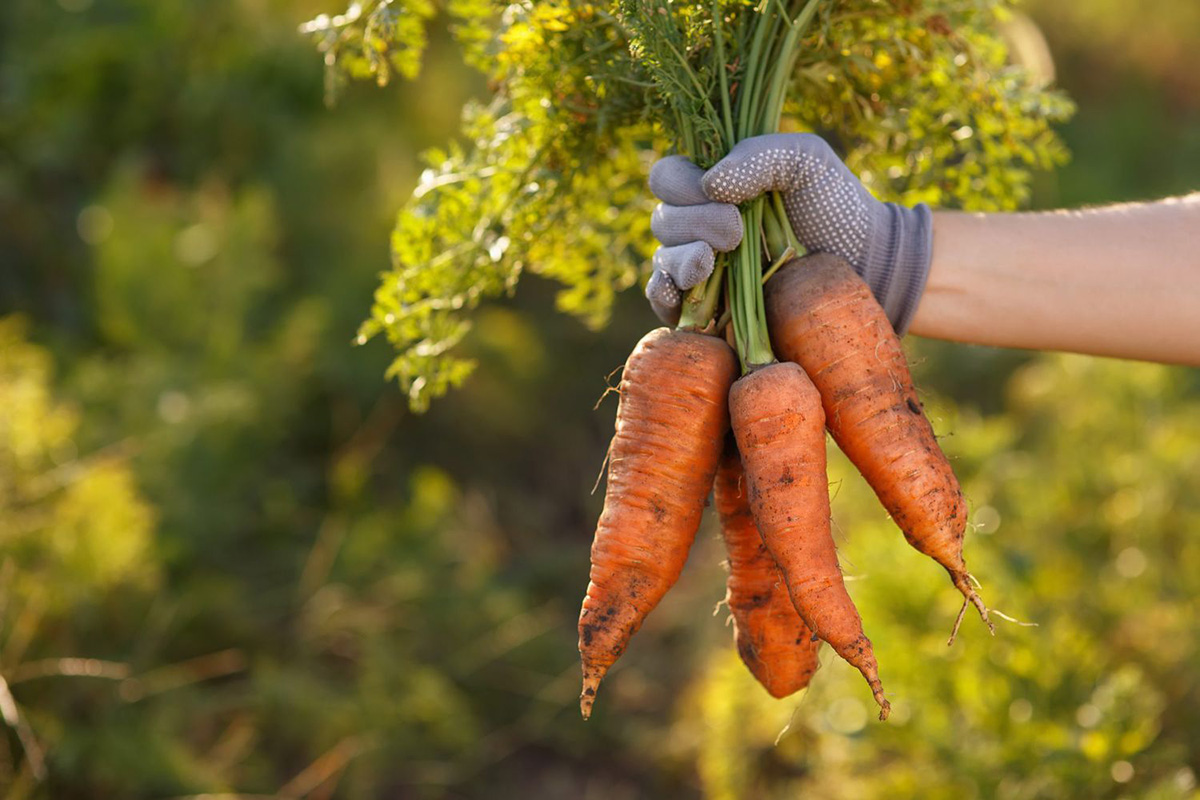
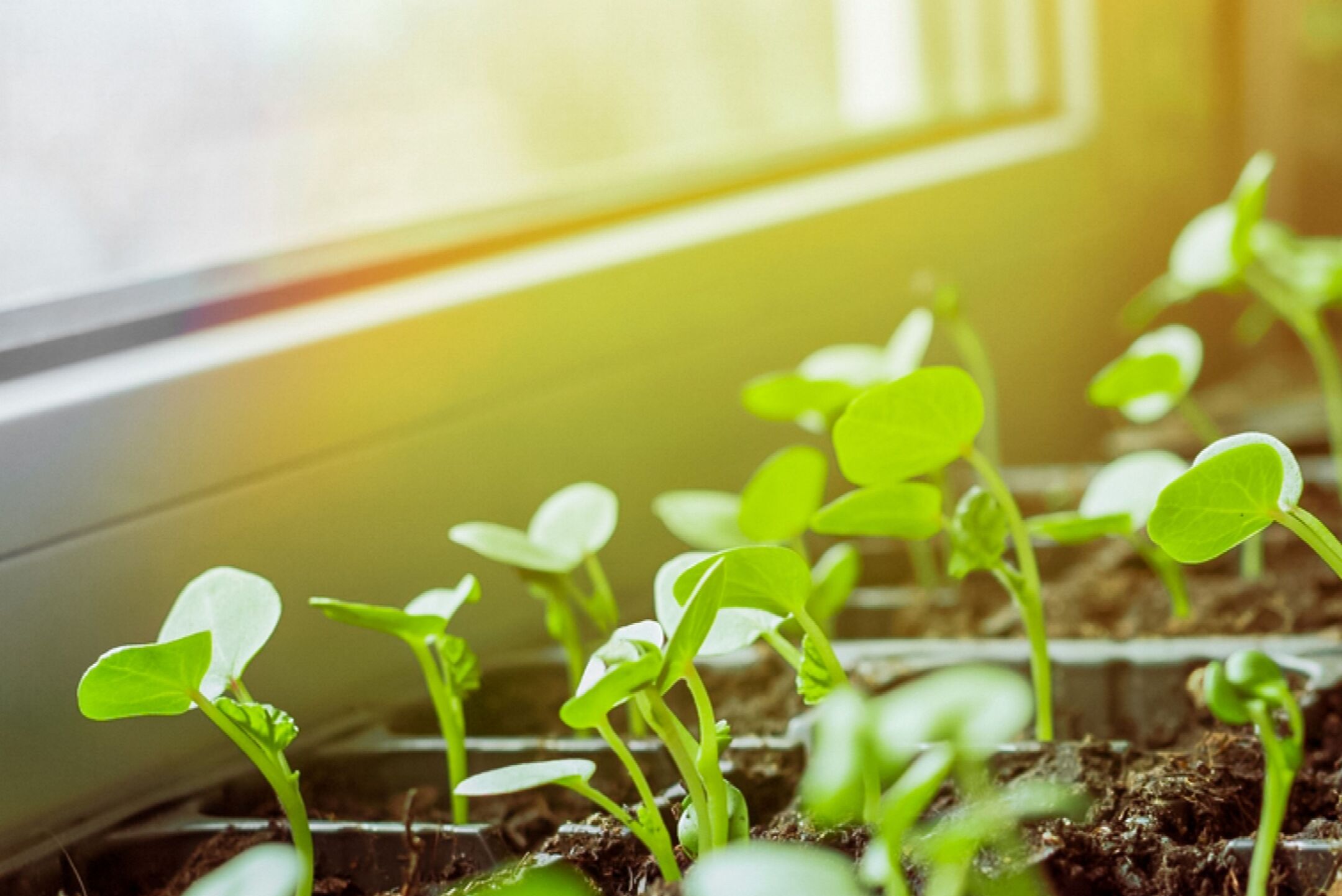

0 thoughts on “Where Are Carrot Seeds On The Plant”